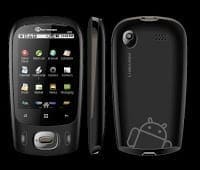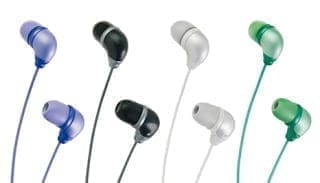
Technology is advancing faster than we think! In what can be a revolutionary breakthrough in electricity generation, new research in nanotechnology is said to enable you to charge your mobile phone with your voice. Electrical engineers in South Korea claim that this new technology will also be able to use the background noise as well as the music you play over the phone to charge the battery!!
Dr. Sang-Woo Kim, from Institute of Nanotechnology at Sungkyunkwan University in Seoul, South Korea, says, “A number of approaches for scavenging energy from environments have been intensively explored. The sound that always exists in our everyday life and environments has been overlooked as a source. This motivated us to realise power generation by turning sound energy from speech, music or noise into electrical power. Sound power can be used for various novel applications including cellular phones that can be charged during conversations and sound-insulating walls near highways that generate electricity from the sound of passing vehicles.”. “The latter development would have the additional benefit of reducing noise levels near highways by absorbing the sound energy of vehicles.”
Reportedly, on an average day a woman speaks about 20000 words. So, a good amount of energy is wasted which can reportedly be used to generate power using this new technology! We have in the past seen Nokia develop a bike charger set which generates power while riding a bi-cycle, this new technology aims to go further and remove all need for exercise or for that matter an external power source, reducing the need to scourge for an electricity source on those long trips or trekking expeditions!
Apparently the science behind this potentially revolutionary technology involves the use of a pad within the phone which is activated by sound and vibrates. The Vibration moves zinc oxide wires set between two electrodes to compress and release producing an electrical current- albeit a tiny one. A 100 decibels of sound can generate 50 milivolts.
Dr. Kim said, “Our current output performance can be applied to various electronic devices with low-power consumption such as self-powered sensors and body-implantable tiny devices. We believe that we can realise more efficient sound-driven nanogenerators.”




Be the first to comment